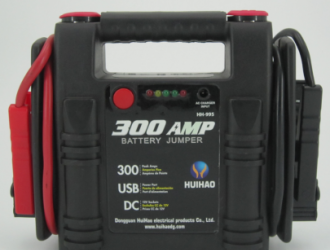Common classifications of recycled plastics:
Plastic particles processed from recycled plastics are generally divided into first, second and third grade materials.
First grade recycled plastic particles
It means that the raw materials used are scraps that have not fallen to the ground, also called scraps, and some are nozzle materials, rubber head materials, etc., which are of good quality and have not been used. In the process of processing new materials, the remaining Small corners, or recycled plastic particles of poor quality. The recycled plastic particles processed from these wool materials have better transparency, and the quality of the recycled plastic particles can be compared with that of new materials. Therefore, they are called first-level recycled plastic particles, and some of the top products are called special-grade recycled plastic particles. .
Secondary recycled plastic particles
It refers to the raw materials that have been used once, except for high-pressure recycled plastic pellets. Most of the high-pressure recycled plastic pellets use imported large parts. If the imported large parts are industrial films, they have not been exposed to wind and sun, so their quality is also Very good. The processed recycled plastic particles have good transparency. At this time, it should be judged according to the brightness of the recycled plastic particles and whether the surface is rough.
Tertiary recycled plastic particles
It means that the raw material has been used twice or many times, and the processed regrind plastic particles are not very good in elasticity and toughness and can only be used for injection molding. The primary and secondary recycled plastic particles can be used for film blowing and wire drawing.
From the point of view of the price of recycled materials, special grade recycled plastic particles: close to the raw materials, 80-90% of the raw material price; primary recycled plastic particles: 70-80% of the raw material price; secondary recycled plastic particles: 50% of the raw material price -70%; Third-grade recycled plastic particles: 30-50% of the raw material price.
Experienced purchasers summed up a formula when choosing PP recycled materials: one look, two bites, three burns, four pulls.
Look first, look at gloss, look at color, look at transparency;
Bite again, the hard is good, the soft is adulterated;
It is good if it burns again, there is no oil smell, no black smoke, no melt dripping;
Four-draw, draw the wire in the molten state, continuous drawing is good, otherwise it is adulterated.
11 solutions to identify the pros and cons of recycled plastics:
1. Transparency: Transparency is an important indicator to measure the quality of medium and high-end recycled materials. The quality of materials with transparency is good;
2. Surface finish: The surface of high-quality recycled materials is smooth and lubricated;
3. Color: The uniformity and consistency of the color is an important indicator to measure the quality of colored recycled material particles (white, milky white, yellow, blue, black and other colors).
4. Smell: Ignite it with a lighter, blow it out after 3 seconds, smell its smoke, and distinguish the difference between it and the new material;
5. Wire drawing: After the recycled material is ignited and extinguished, quickly touch the melt with an iron object, and then quickly pull it apart to see if the shape of the wire is uniform. If it is uniform, it is good material. After pulling it several times, Overlap the silk and pull it apart again to see if it has elasticity and whether it can be pulled again and continuously. It is good if it is unbroken or broken after a certain distance;
6. Melt: It is not good that the black smoke or the melt drips rapidly during the combustion process;
7. The compactness of the particles: Poorly plasticized regeneration process will cause the particles to be loose;
8. Bite with teeth: first experience the strength of the new material by yourself, and then compare it, if it is relatively soft and mixed with impurities;
9. Look at the cut section: the section is rough and dull, with poor material quality;
10. Floating water: as long as there is submerged water, it is bad;
11. Test machine.








